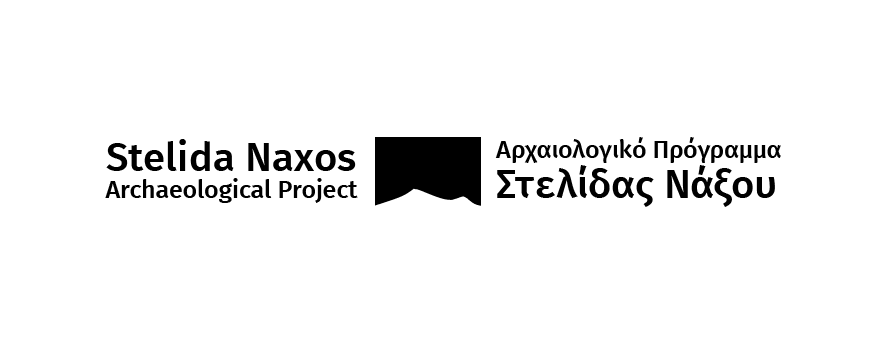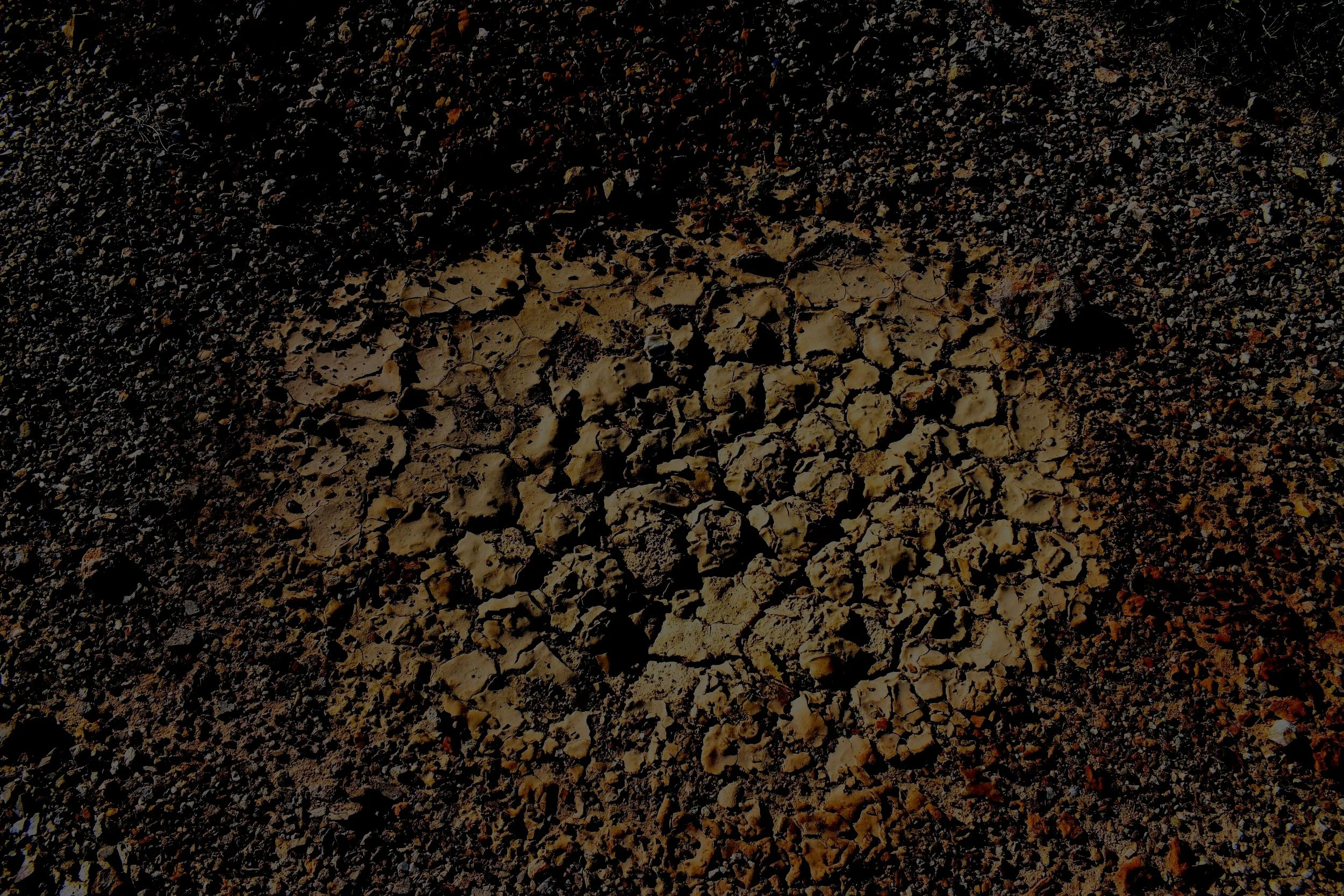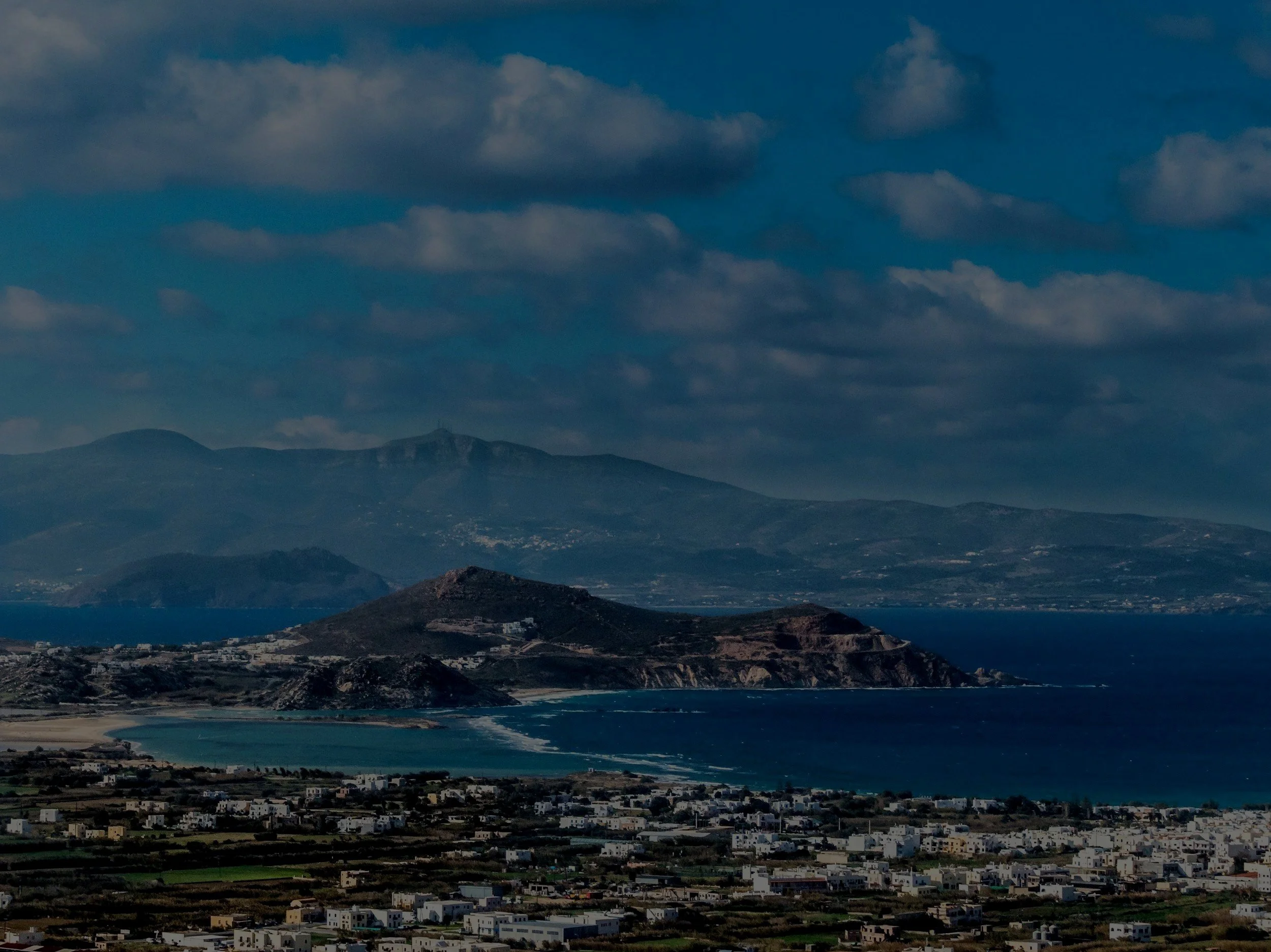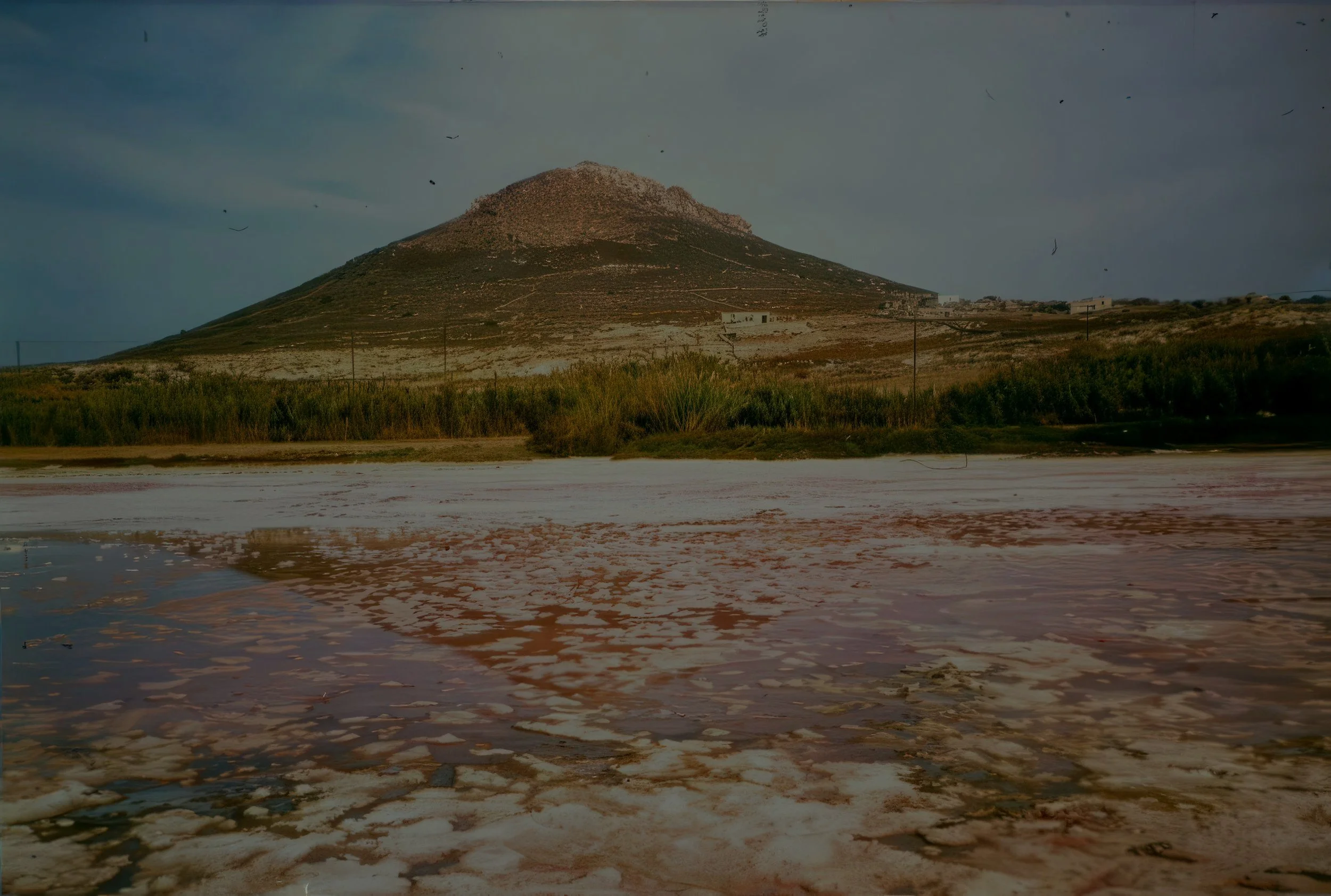Aims of the Exhibition
Since the 2018 exhibition Neanderthals on Naxos! our work has taken an exciting new direction. In 2019, we discovered a Bronze Age sanctuary with possible links to Ariadne and Dionysus, and have expanded our research to include Stelida’s modern history. But how to represent this 200,000-year history from Neanderthal toolmakers, via Bronze Age worshippers, to modern residents and tourists?
Our work shows that while we are dealing with radically different societies, there is evidence for similar experiences that connect people from the Ice Age to today. We do not suggest they shared a common ancestry, and there are long periods when Stelida was deserted. Over this vast time, we see people intermittently – and only ever seasonally – coming to Stelida to extract resources, use the hilltop to communicate, and to eat and drink.
We now invite you to take Ariadne’s thread to weave your way through Stelida’s history.










































































































